5 Golfy Things We Liked at Demo Day 2022

Winter Garden, Fla.— Normally, the PGA Merchandise Show’s annual Demo Day at Orange County National Golf Center is one of the best days of the year.
There are new clubs from the major manufacturers, who set up hitting bays around OCNGC’s awesome 360-degree range, and golf writers like me who escaped the frozen tundra of Pittsburgh or other frost-bitten northern cities get the chance to pull a muscle or throw out a hip swinging all the new gear.
Unfortunately, concerns about COVID-19 and continuing supply chain issues kept all of golf’s major manufacturers away.
Still, a few unexcused absences didn’t ruin Demo Day. Here are five worthwhile things I found as I thawed out in the gloriously balmy 53-degree weather and drizzle that I barely noticed on account of I didn’t have to shovel four inches of it like I did Sunday before flying to Orlando…
1. The Makefield mallet putter
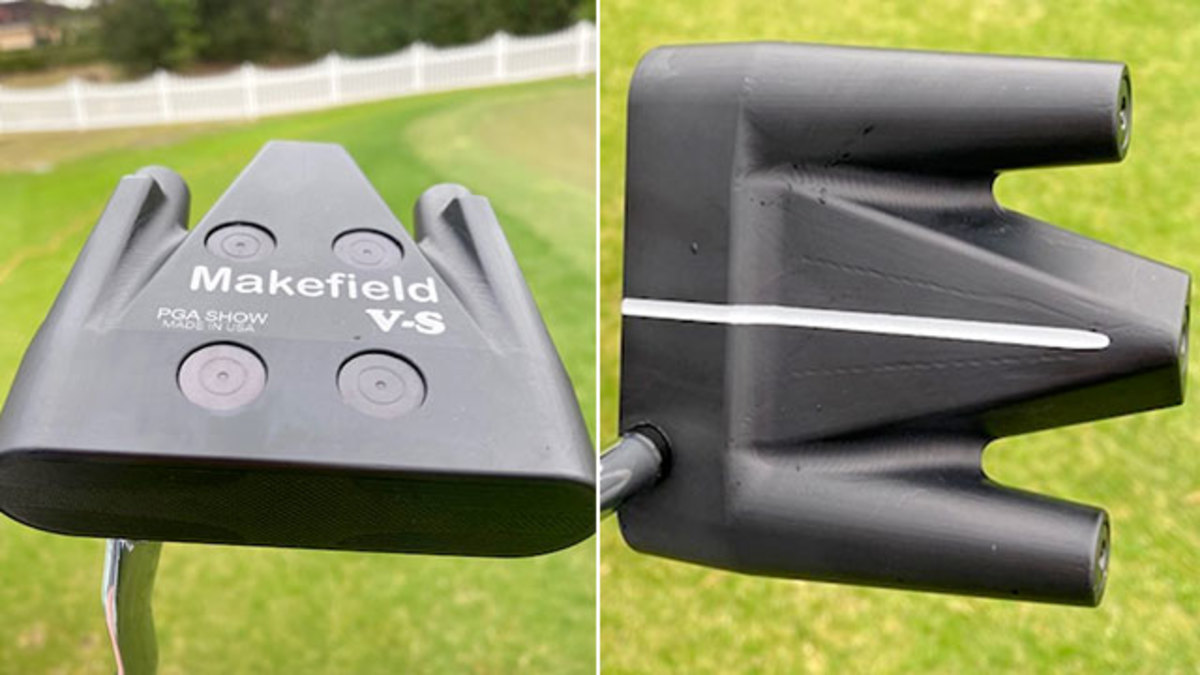
All you really need to know about the Makefield putter ($399 suggested retail) is that I picked one up, dropped a ball in the fringe and drained an 18-foot putt on the first try. I raised the putter to the sky, looked up and shouted, “I’m the king of the world!” Somewhere, Leonardo DiCaprio probably nodded in approval at my acting skills. I didn’t try another putt. I wanted to be able to say I’m 1 for 1.
These putters are born and raised and manufactured in greater Philadelphia. Makefield Putters was co-founded by Michael Little, a former Philadelphia PGA Section player of the year, and Everett Farr after Farr got hooked on watching putting videos on YouTube. When Farr saw slow-motion studies of how far a golf ball skids before it begins rolling on the average putt — about a foot — he thought he could use his manufacturing know-how to do better.
The result is the Makefield, a black mallet with three fuselages trailing the face. Each fuselage has removable weights (aluminum, stainless steel and tungsten) that can be adjusted to customize feel. Farr says the Makefield cuts the skid distance to six inches, half the average, and it’s got nice heft and a nice feel. The ball does come off the Makefield’s face a little hotter than some putters, Little said, which means a golfer can make a shorter backstroke to make a putt go the same distance. The putters (see them at MakefieldPutters.com) are 100 percent milled from a solid piece of aluminum.
Is this putter perfect? No, but while using it, I am. (So far.)
2. High Heat fairway woods
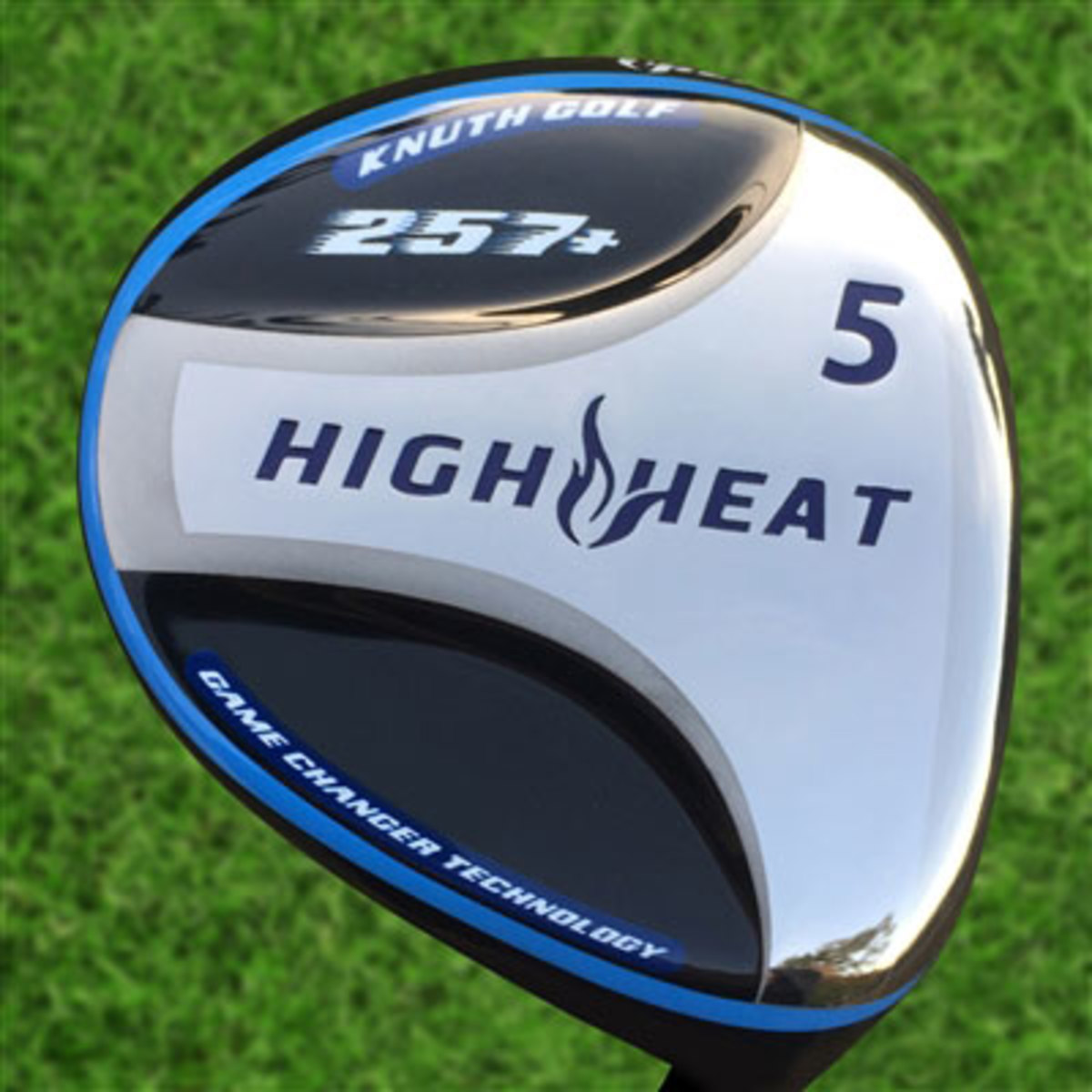
For the sake of full disclosure, I’ve had at least one High Heat wood or hybrid in my bag for most of the last eight years. My current High Heat favorite is the 257 5-wood with Turf Glider Sole, so easy to hit from any lie and practically duff-proof (I do not mean to tempt the golf gods with that description, I’m just telling it like it is) that the only way you’re getting it out of my starting lineup is if you pry it out of my cold, dead hands.
I’ve had good luck with the 3-wood, too, and the High Heat driver. These woods, according to independent tests, show that High Heat gives better results than the big-name brands on toe and heel hits. That’s good for you. Me, I hit every single shot on the sweet spot. Sure I do.
While the High Heat 257 fairway woods remain unchanged — they’re still titanium —High Heat improved in one important area by getting an upgrade to Fujikura’s Ventus and Atmos shafts (in 50, 60 or 70 grams). High Heat stresses quality in its technology and in its shafts. Better shafts mean better shots. High Heat just got better… if that’s possible. Suggested retail prices are $499 for the driver, $399 fairway woods and $299 hybrids.
3. Stix Golf's quality sticks at a lower price
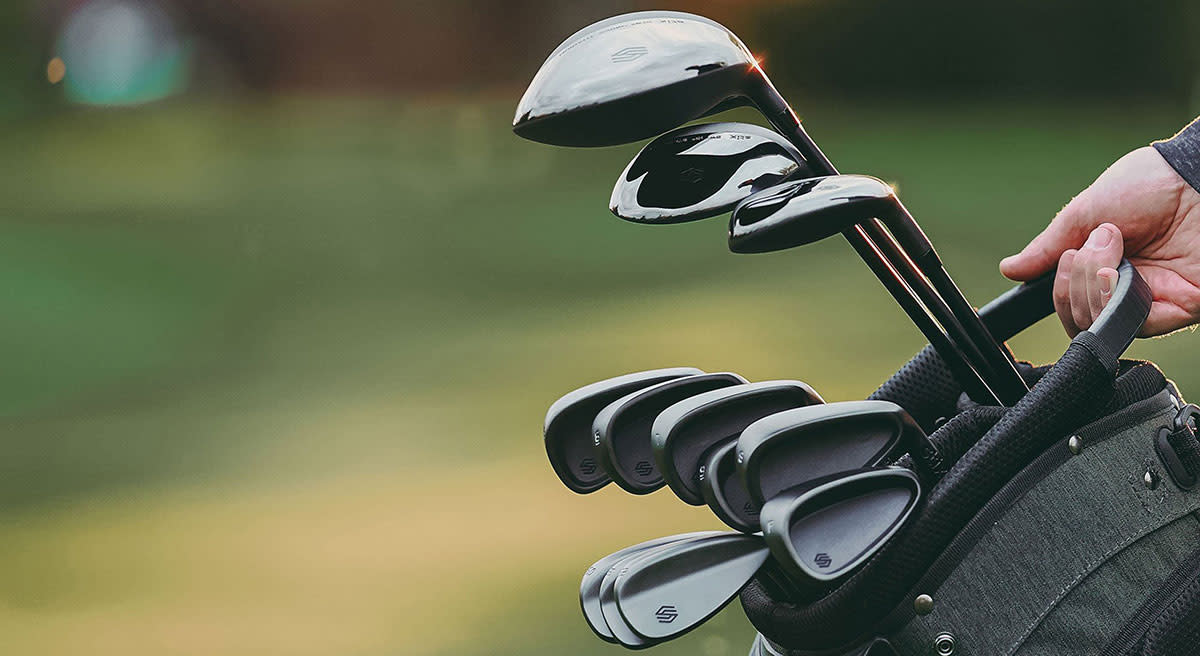
Stix Golf, based in the greater Chicago-land area, has a mission statement: Modern golf clubs for the average golfer. Actually, it has two mission statements: Premium qualify plus minimalist design at a fair price.
It also has Kyle Buzzard as a co-founder, along with Gabe Coyne, a co-founder and CEO. “We were getting more into golf and looking for sets of clubs,” said Buzzard, “and there was nothing we like the price of.”
Stix saw a need for value and has taken a different approach in many ways. For instance, it doesn’t make women’s or senior’s clubs, it makes clubs that fit all players by height and flex. “Apple doesn’t make a women’s iPhone,” Coyne said. In other words, common sense applies.
There is a lot to like about Stix. For starters, there’s the design. It’s slightly futuristic with the woods, which have a swept-back tail, while the irons have clean lines and a spartan simplicity for cavity-backed clubs. The dull, gun-metal gray color give Stix major curbside appeal. What could be better? Two things. They come with graphite shafts and the irons have an alluring feel. There is a good thunk at impact, yet you can almost feel the ball compressing on the club face. It’s satisfying and the club provides solid stability.
The second thing is the price. Forget the sticker shock of walking into a big-box store to check out the brand-name iron sets. With Stix, you get a whole set — woods, irons, putter, even a golf bag — for $1,049. “We think of ourselves as the Harry’s Razors of golf,” Coyne said. “The same quality at a low price.”
You can find Stix online (at Stix.golf) or in Scheels, a chain of Midwestern sporting goods stores.
4. Bridgestone golf balls
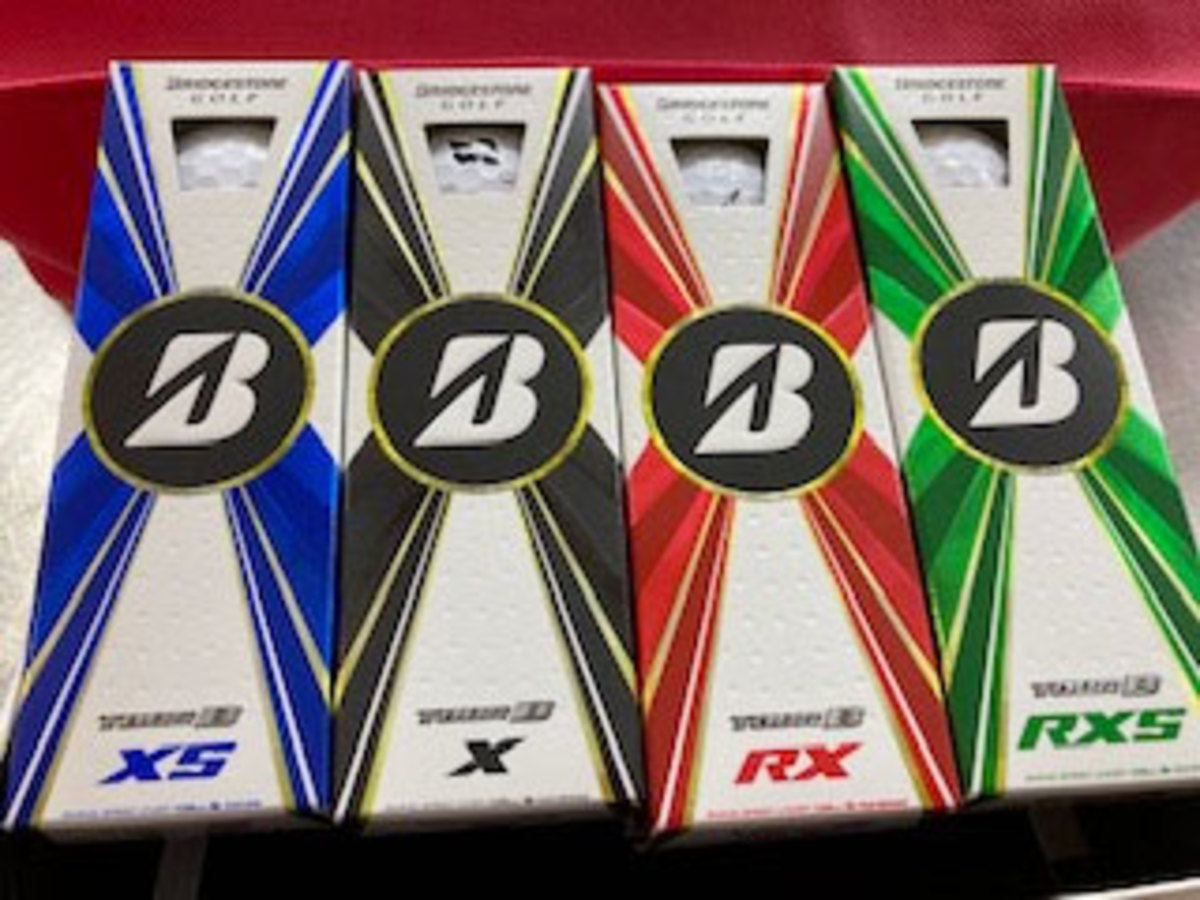
Bridgestone golf balls can’t be overlooked for two pretty glaring reasons: Bryson DeChambeau and Tiger Woods, not necessarily in that order, Mr. Woods, sir.
They play the Bridgestone ball. For 2022, Bridgestone has a new-and-improved version of its Reactive cover, the Reactive iQ, and the company upgraded the cover technology in all four of its Tour B lines: B X and XS, for players with swing speeds of 105 mph and above who need less spin and desire a lower ball flight, and B RX and B RXS for players with swing speeds under 105 mph (most of the rest of us) who need a higher launch angle and more spin.
Let’s skip the techno-speak and get to the bottom line. The new tweaked urethane cover reacts quickly to a high-speed drive swing, creating additional ball speed and distance, while the cover stays in contact with a club face longer on a slower-swing shot, like a wedge shot or a pitch, and creates additional spin and a softer, quicker landing.
“Tiger calls that face-time,” Bridgestone’s Elliot Mellow said of the latter. Make sure to use that phrase with your friends — you’ll sound like a cool insider.
The Bridgestone Tour B line balls sell for $49.99 suggested retail.
5. Otto, the golf-ball fitting machine
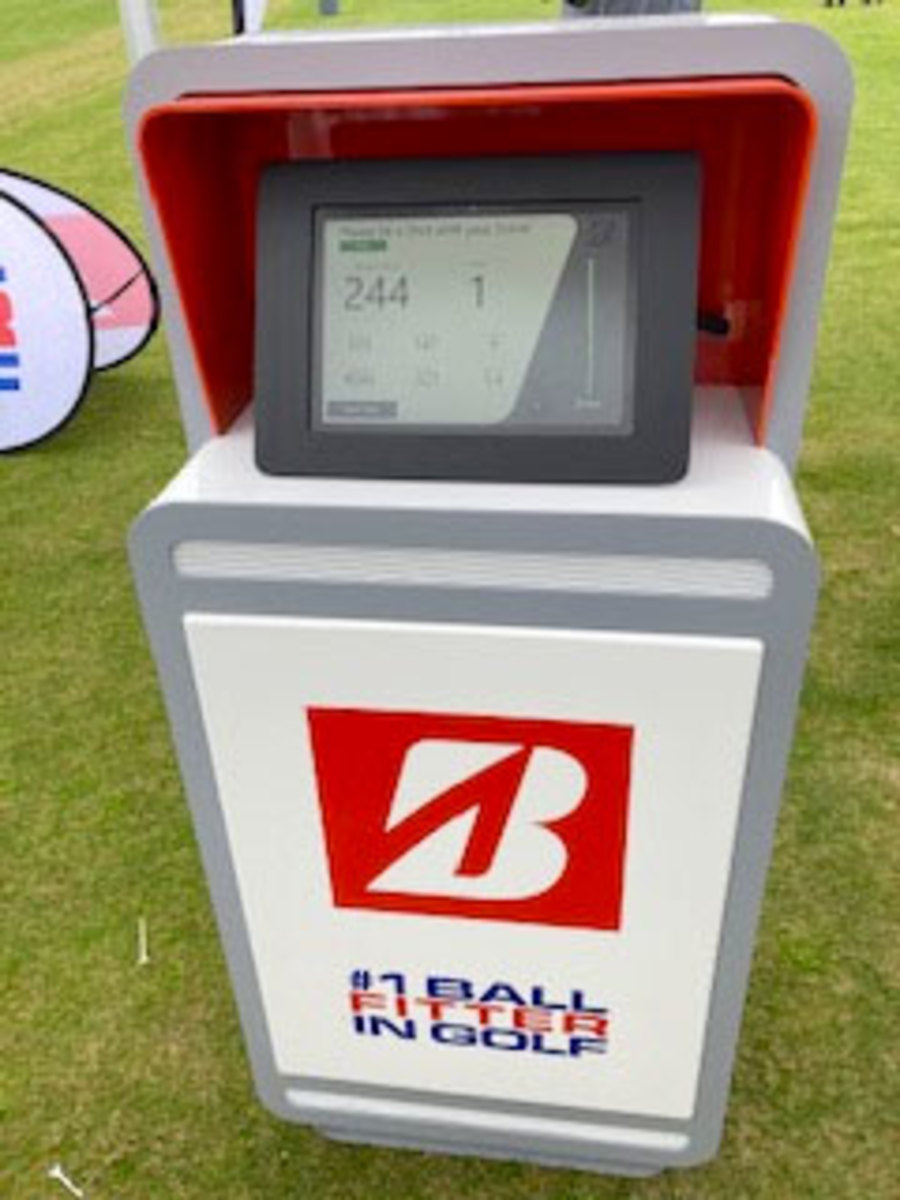
Its name is Otto. It doesn’t have a last name since it is merely a robot but Matic seems like the obvious choice. Otto is a stand-alone, talking kiosk that measures a golfer’s swing and then fits that golf to the appropriate ball the golfer should be playing. The appropriate Bridgestone ball, of course, because Otto is a Bridgestone guy/gal/machine, and it’s key information because Bridgestone a variety of ball options (see above).
Otto is fun. Here’s how it works. I convinced a henchman, accomplice golfer I know to get fitted by Otto. We’ll call him Chet.
Step one. Chet presses the start button on Otto’s screen and answers a question or two, including which ball he currently uses. Chet input Titleist Pro V1x.
Step two. Chet tees up a ball and hits three drives in Otto’s view zone. Otto uses launch-monitor technology to measure the carry distance, spin and direction. Chet’s first shot on a damp, chilly day carries 205 yards with a clubhead speed of 86 mph and ball speed of 121 mph. Chet’s second shot is a bit of a miss and goes 174 with clubhead and ball speeds of 87 and 112. Otto announces the distances, by the way, and the screen message on the second shot says, “Pull Draw.”
The third shot is better, it carries 208 yards, with speeds of 87 and 125.
Otto then does the calculations and provides the fitting answer: Chuck should be playing the Tour B RX. The final step requires Chet to input his email address so Otto can send the results.
It’s quick, it’s easy, it’s self-serve and it’s free, the best kind of advice.
